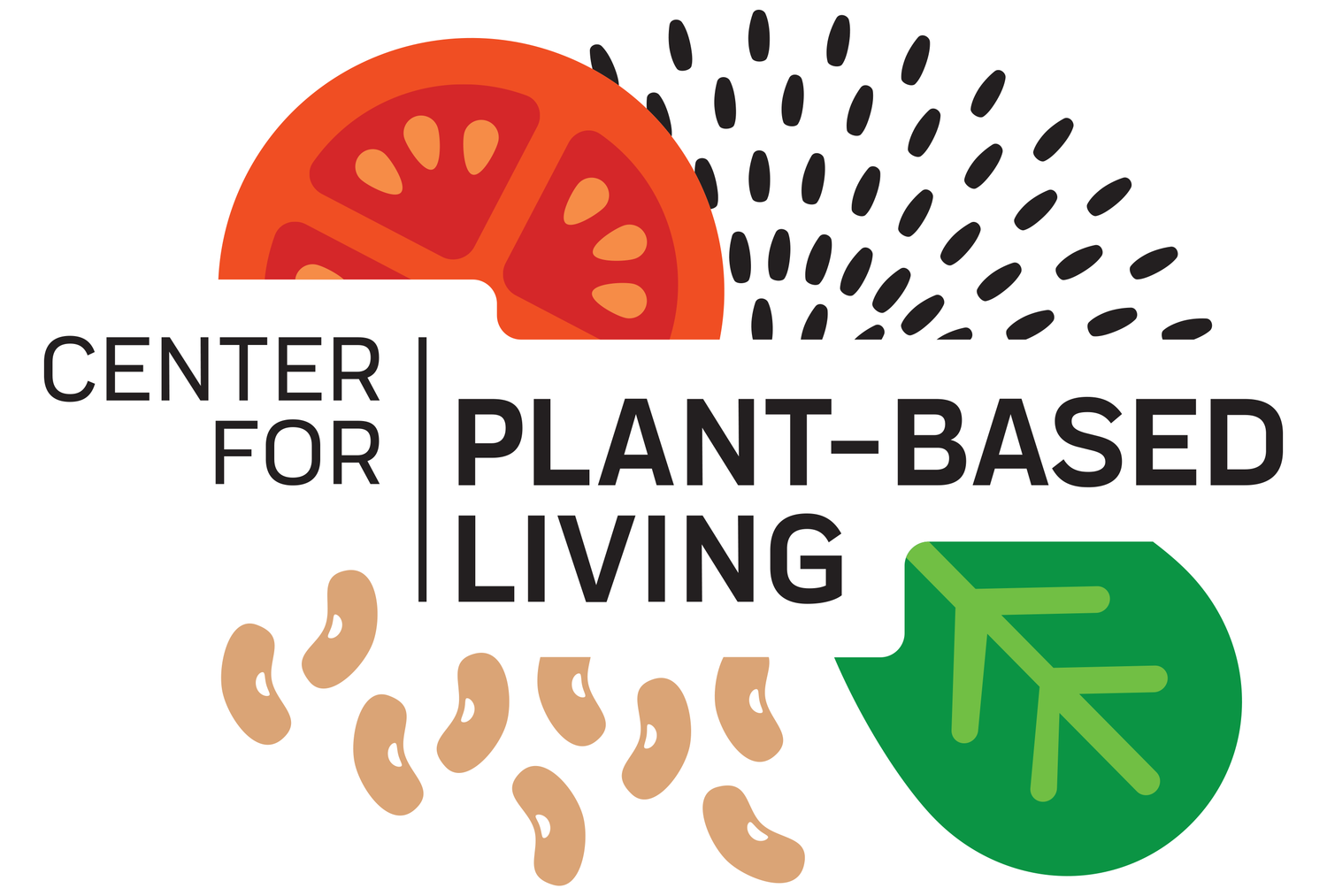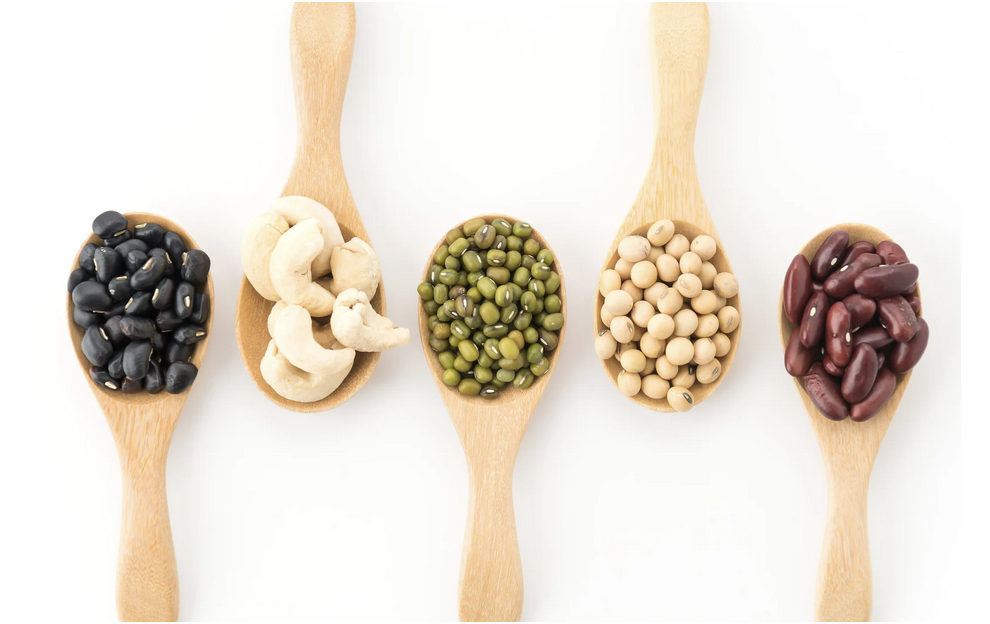THE DOC AND CHEF SHOW EP. 28: IRON // SUPPORTING SCIENCE AND THE RECIPE
IRON AND HEALTH
Iron is an essential mineral crucial for multiple bodily functions [1], from oxygen transport to immune support. Here’s a deeper look into how iron benefits our body and the recommended amounts to keep you healthy.
Oxygen Transport: Iron is a key component of hemoglobin, the protein in red blood cells that carries oxygen from the lungs to the rest of the body. Without enough iron, your body can't produce enough healthy red blood cells, leading to a condition called anemia.
Energy Production: Iron is involved in the conversion of blood sugar to energy. This metabolic process helps provide the energy necessary for daily activities.
Muscle Function: Iron is important for muscle health as it helps in the formation of myoglobin, a protein in muscles that stores and releases oxygen required for muscle contraction.
Brain Function: Adequate iron levels are crucial for cognitive functions such as concentration, memory, and learning, as iron contributes to the development of neurotransmitters and myelination of neurons.
Immune System: Iron plays a role in a healthy immune system. It is needed for the growth and differentiation of immune cells, especially lymphocytes, which are responsible for the body's immune response.
Synthesis of Important Biomolecules: Iron is a part of many enzymes and is necessary for the synthesis of DNA, collagen, and some neurotransmitters.
Iron deficiency is one of the most common nutritional deficiencies and can lead to anemia, characterized by fatigue, weakness, and a decreased ability to concentrate. On the other hand, excessive iron intake can be toxic.
HOW MUCH IRON DO WE NEED?
The recommended dietary allowance (RDA) for iron varies based on age, sex, and life stage. Here are the general guidelines provided by the National Institutes of Health (NIH) for daily iron intake:[2]
1. Infants and Children:
- 0 to 6 months: 0.27 mg (adequate intake)
- 7 to 12 months: 11 mg
- 1 to 3 years: 7 mg
- 4 to 8 years: 10 mg
2. Males:
- 9 to 13 years: 8 mg
- 14 to 18 years: 11 mg
- 19 years and older: 8 mg
3. Females:
- 9 to 13 years: 8 mg
- 14 to 18 years: 15 mg
- 19 to 50 years: 18 mg
- 51 years and older: 8 mg
4. During Pregnancy and Lactation:
- Pregnant women: 27 mg
- Lactating women (19 to 50 years): 9 mg (younger than 19 years: 10 mg)
These amounts are designed to meet the needs of 97–98% of healthy individuals in each group. Iron needs are higher in women of childbearing age due to menstruation. During pregnancy, iron needs increase significantly to support fetal development and increased blood volume.
SOURCES OF DIETARY IRON
Dietary iron comes in two forms: heme iron and non-heme iron. Heme iron is found in animal products and is more readily absorbed by the body, while non-heme iron is found in plant-based foods and is not absorbed as easily. Here are some sources of heme iron:[2]
● Red meats (beef, lamb, venison)
● Poultry (chicken, turkey)
● Fish and shellfish (tuna, salmon, shrimp)
● Organ meats (liver, kidney)
However, excess heme iron in the diet, typically from consuming large amounts of animal-based iron sources, can pose several health risks:
Iron Overload: Chronic intake of high levels of heme iron can lead to iron overload or hemochromatosis. This condition causes excess iron to be stored in the body's tissues and organs, particularly the liver, heart, and pancreas, leading to potential damage and diseases in these organs.
Heart Disease: Some studies suggest that high levels of heme iron intake may be associated with an increased risk of coronary heart disease. This is potentially due to oxidative stress caused by excess iron, which can lead to inflammation and damage to blood vessels.
Cancer Risk: High intake of red and processed meats, rich in heme iron, has been associated with an increased risk of certain types of cancer, particularly colorectal cancer. The exact mechanism isn't fully understood, but it may involve the formation of potentially harmful compounds during the digestion of heme iron.
Diabetes Risk: Excessive heme iron intake has been linked to an increased risk of type 2 diabetes. The excess iron may affect insulin production and sensitivity, disrupting normal glucose metabolism.
Liver Disease: In cases of iron overload, the liver, being a primary site of iron storage, can be significantly affected, potentially leading to conditions like liver cirrhosis and liver cancer.
Neurological Effects: Excess iron can accumulate in the brain and is suspected to be a contributing factor in the development of neurodegenerative diseases like Alzheimer's and Parkinson's disease, possibly due to oxidative stress and inflammation.
Here are some sources of non-heme iron:
● Leafy green vegetables (spinach, kale, swiss chard)
● Legumes (beans, lentils, chickpeas)
● Nuts and seeds (pumpkin seeds, almonds, cashews)
● Whole grains and fortified cereals
● Tofu and tempeh
● Some fruits like dried apricots and prunes
It's important to note that the absorption of non-heme iron can be enhanced by consuming it with a source of vitamin C (like oranges, strawberries, bell peppers, or broccoli). On the other hand, certain substances like tannins in tea and coffee, as well as calcium, can inhibit iron absorption.[3]
For individuals who have a higher need for iron, such as pregnant women, young children, and people with certain medical conditions, it's especially important to ensure adequate iron intake, which may sometimes require supplementation under medical advice.
SUMMARY
Iron has an essential role in maintaining good health, as it is involved in oxygen transportation and energy formation, among other things. The body cannot synthesize iron and we must acquire it through food. There are two primary forms of dietary iron, heme and nonheme. All plant-derived and animal-derived foods contain nonheme iron, while heme iron is found only in the foods derived from animals, mainly meat, fish, poultry, and eggs. Excess consumption of heme iron may lead to iron overload, and increased risk for cancer and heart disease.
While heme iron is more readily absorbed than non-heme iron, co-ingestion of vitamin C increases the absorption of non-heme iron.
[1] https://ods.od.nih.gov/factsheets/Iron-HealthProfessional/[2] Nutrients. 2014 Mar 13;6(3):1080-102[3] https://www.ncbi.nlm.nih.gov/books/NBK448204/THE RECIPE
Hearty Walnut and Avocado Salad
Ingredients:
2 ripe avocados, diced
1 ½ cups cooked white beans
1 cup walnuts, roughly chopped
3 cups mixed salad greens (like spinach, kale, and arugula)
1 cup cherry tomatoes, halved
1 cucumber, sliced
1 red bell pepper, diced
1/4 cup red onion, thinly sliced
Juice of 1 lemon
Salt and pepper, to taste
3 tablespoons pepitas
Instructions:
In a large salad bowl, combine the mixed greens, white beans, cherry tomatoes, cucumber, red bell pepper, and red onion.
Add the diced avocados and chopped walnuts to the salad.
Drizzle the salad with fresh lemon juice. Toss gently to combine. The lemon juice not only adds flavor but also helps to keep the avocado from browning.
Season with salt and pepper to taste.
Serve immediately, or let it sit for a few minutes to allow the flavors to meld together.
Season with pepitas
Join our community and become a member!
Our membership is built like a streaming service - you get a full library of plant-based cooking classes to watch whenever you want. PLUS, you gain access to upcoming interactive virtual cooking classes and a monthly accountability group call.
As a member you get:
Complete library of all past virtual classes - stream them whenever you’d like!
Free access to upcoming monthly virtual classes with BOTH Caryn and Dr. Loomis! (new upgrade at the same price!)
Library of easy and quick recipes: 150 and growing
Monthly accountability check-in and support group Zoom call with Caryn
Quarterly “Ask the Doc” call with Dr. Jim Loomis, our Medical Director
A community of support
To learn more, please visit us here.


